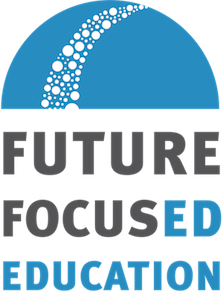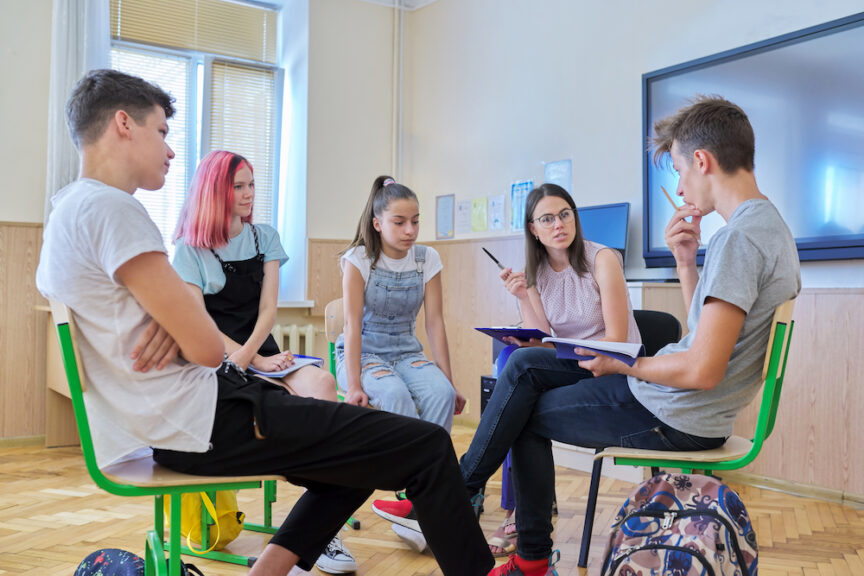How New Mexico Is Weaving Social-Emotional Learning into All Aspects of High School
By Dr. Lynne McMahan | SEL4NM Leadership Team
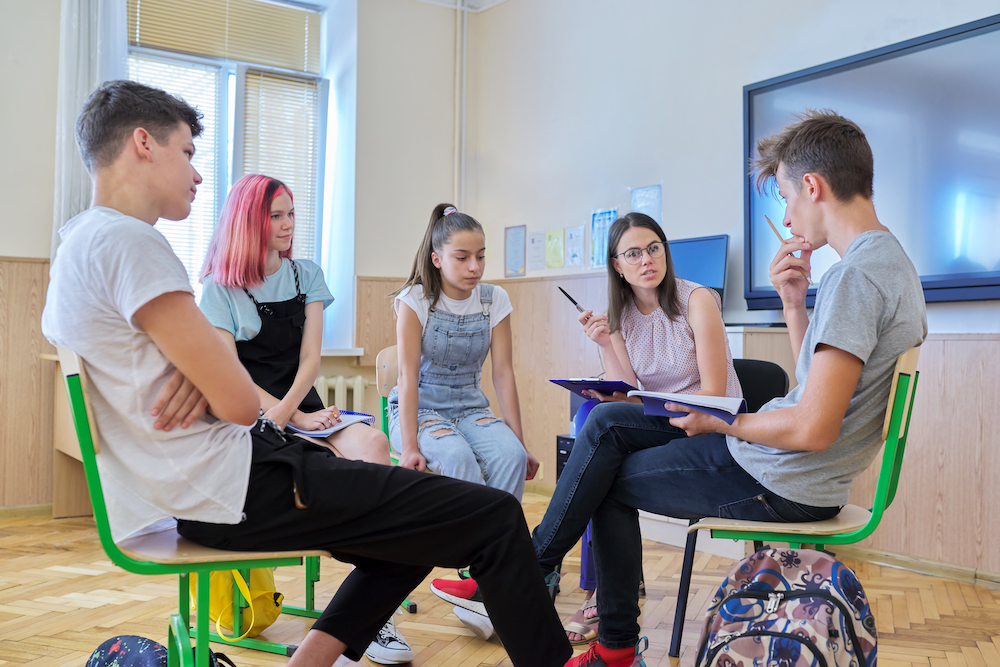
"Ongoing self-assessment of SEL implementation and integration allows school communities to reflect on progress toward annual SEL goals and responsively improve action plans."
Earlier this year SEL4NM visited eleven schools across the state, and what we saw made us so inspired and excited about the future of New Mexico education.
We toured the state to understand how schools were integrating social and emotional learning practices into their Innovation Zone initiatives. We saw schools weaving together work-based learning, career and technical education (CTE), community input and social-emotional learning skills in new and exciting ways.
So how can a school integrate SEL into all aspects of teaching and learning? Here’s what we found, and why we are so optimistic about the future.
What is SEL Integration?
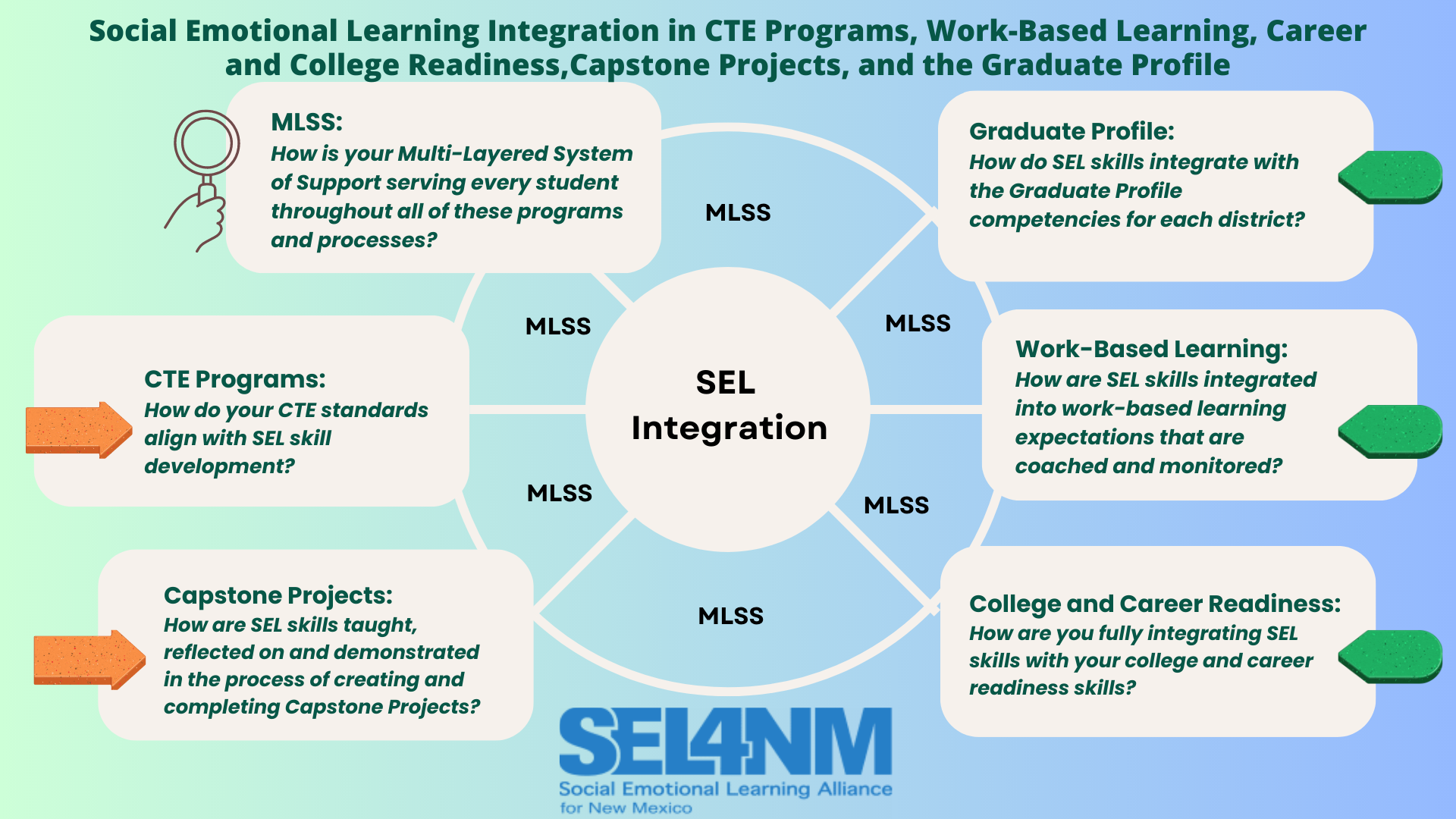
Social and emotional learning (SEL) has emerged as a critical component of student success across all levels of education. This is particularly relevant in the context of work-based learning, graduation, college readiness, and CTE, where students are expected to develop skills necessary for the transition to adulthood and the workplace.
The SEL Integration model asks critical questions of schools and districts to consider as they add each component to their students’ graduation preparation. These questions put the students at the center of their considerations, with adult and community supports as foundational filters for student success.
Included in this foundation of support is the Multi-Layered System of Support (MLSS), with a guiding question that asks the school and district to consider each student’s individualized need and support when putting all of these high expectations on our ideal graduate.
A pathway describing optimal SEL integration includes putting developmental relationships and the whole person's well-being at the center of learning. Developing a shared culture rooted in cultural humility and cultural competency, trauma-informed practices, developmental psychology, and the science of learning creates a school climate and culture that nurtures the development of foundational social and emotional skills in all members of the community.
Examples Around the State
Graduate Profile + SEL
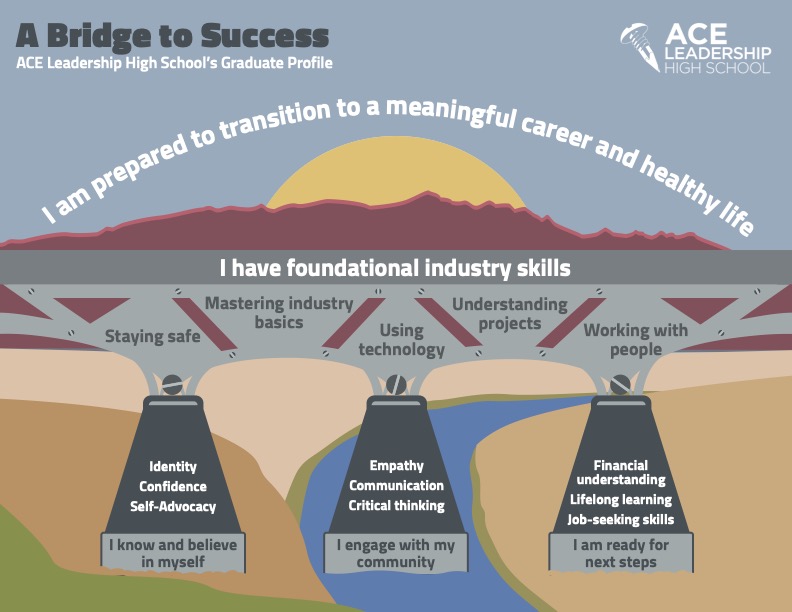
Capstones + SEL
A capstone is a months-long project rooted in authentic contexts and building on local assets and culture. Students engage in active, self-directed, and community-based learning experiences to produce a body of work that teachers periodically assess for evidence of competence. Capstones result in public exhibitions of learning to schools, families, and communities. These projects enable students to demonstrate that they have developed the skills contained in their graduate profiles - while applying that learning in the community.
An example of a school that has developed relevant, integrated capstones is Zuni High where students in the dual credit class are focusing their capstones on mental and emotional wellbeing. They chose to explore “how are mental health challenges impacting the ZHS students’ ability to reach their full potential?”
CTE + SEL
Many of the schools and districts we visited had strong Career and Technical Education (CTE) pathways and programs and were building community partnerships that were collaborative and focused on the unique needs of the communities where their students lived. SEL is deeply aligned with these pathways for student success.
A few of the IZ schools and districts we visited have tied both their college pathways and CTE pathways to this acceleration by creating opportunities for dual credit and developing early college systems in their programs. For example, CTECH High School in Hobbs has built, through strong industry partnerships, an incredible high school dedicated to Career and Technical Education. The district of Hobbs has SEL embedded in each of its schools, specifically teaching SEL skills in their advisory programs and CTECH is a leader in the district of this implementation. SEL is considered in the skills students attending CTECH develop through their hands-on career pathways and rigorous coursework with collaborative project learning. In their application requirements they ask students to consider if they have a desire to obtain training through career and technical education; a drive to become more for the future; and a desire to obtain dual credit and certifications along with a high school diploma.
Work-based Learning + SEL
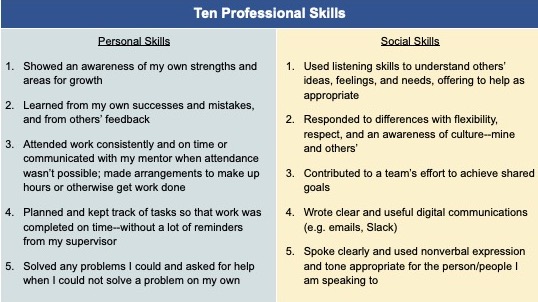
Future Focused Education has pioneered an excellent model of work-based learning through their X3 Internships. Fully embedded in this program are SEL skills that are used as a self-assessment as well as an entry point for mentors and employers to support their interns.
These embedded skills lead to The X3 WorkReady Certificate verifying that interns have developed and demonstrated the professional skills necessary to thrive in the workforce - personal and social skills that are necessary in any workplace.
Multi-Layered Systems of Support
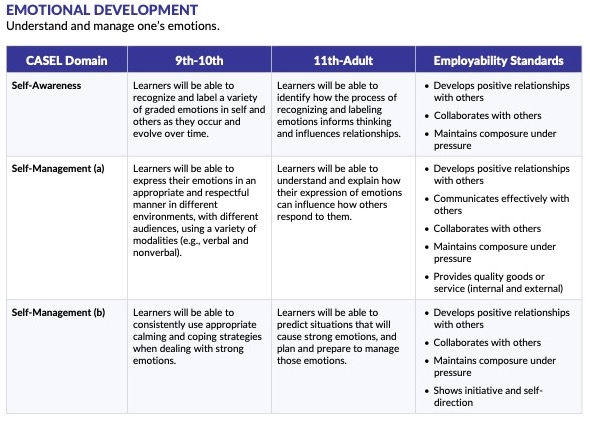
As a school and district pull all of these projects and high expectations together in a holistic system for meeting the needs of their graduates, a pre-assessment of their readiness will help with the initial planning. Our site visits, observational data, and research helped design and create the SEL-Readiness Self Assessment tool that will help with SEL systems integration.
Pulling it all together
Ongoing self-assessment of SEL implementation and integration allows school communities to reflect on progress toward annual SEL goals and responsively improve action plans.
A good place to begin weaving all of these projects and expectations together is through the process of developing a crosswalk. A crosswalk is a process to cross reference or align the outcomes of your project.
Create an action plan or pathway
Resources:
CASEL casel.org; Fundamentals of SEL; and SEL and Workforce Preparation
FFE https://futurefocusededucation.org/; How Innovation Zones Will Re-engage Our Students; and X3 Internships
NMPED NMPED; College Acceleration; Career Technical Education; and Multi-Layered System of Supports
SEL4NM https://sel4nm.org/; Master SEL Readiness Self-Assessment; and (Final Report not yet published)

